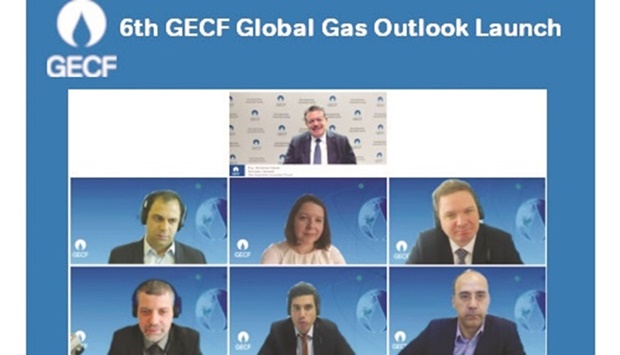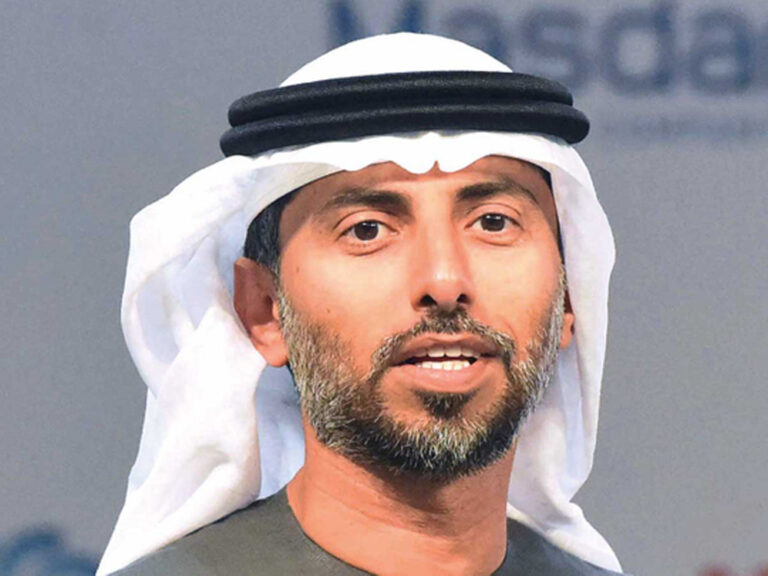Qatar, Iran and Saudi Arabia ‘bright spots’ for Middle Eastern gas output until 2050: GECF

Qatar, Iran and Saudi Arabia are the “bright spots” for Middle Eastern gas output over the next three decades, the Gas Exporting Countries Forum (GECF) has said in a report.
In its Global Gas Outlook 2050, GECF said between 2020 and 2050, the natural gas supply is set to climb by an annual average growth rate of 2.4% in Iran, 2.2% in Qatar and 1.2% in Saudi Arabia.
It said Qatar aims to maintain its status as the top LNG producer and exporter in the world. The planned expansion of production from the North Field and other fields will increase Qatar’s total gas production by an overall of 91%, from about 175 bcm last year to 330 bcm in 2050.
National oil companies in the Middle East are focusing on developing their gas fields. As most of the countries in the Middle East are also crude oil producers, the majority of natural gas production in the region is associated gas.
With almost 17% of global gas production, the Middle East is the third-largest gas-producing region worldwide after North America and Eurasia. The region is a net exporter of gas, and supply has been growing rapidly by an annual average growth rate of 6.3%, from about 190 bcm in 2000 to around 650 bcm in 2020.
According to GECF, associated-dissolved natural gas (gas obtained from crude oil reservoirs) has always been accounted for as a share of total gas production. This gas can be found as free gas (associated) or in solution with crude oil, referred to as dissolved gas.
Like the impact that Covid-19 had on non-associated gas production, the demand for oil also declined in 2020, resulting in a lower level of associated gas production in that year.
According to the EIA, associated gas production in the US fell in 2020 by 1.5% reaching a level of around 140 bcm, following three years of growth. For the first time since 2016, the share of associated gas production in the US was reduced to almost 37.7%.
The GECF report forecasts that the demand for oil will stabilise through to 2050 and the level of global oil production will peak at slightly more than 100 mboe/d in around 2035 and will steady at around 90 mboe/d by 2050.
This lower level of crude oil production will consequently affect the level of associated gas production. Furthermore, the need for EOR measures by the injection of associated gas into oil wells will be magnified by the ageing oil reservoirs.
“So a lower level of associated gas will reach the market, and the total volume of production from this category in the future is forecast to be lower than current levels,” GECF said.
Currently, it is estimated that slightly less than 500 bcm of marketed natural gas is sourced from oil wells, and this level excludes the volume of the gas obtained from unconventional crude oil production.
The total level of associated gas production is even higher than this, as injection and recirculation do not count in marketed production, GECF noted.








